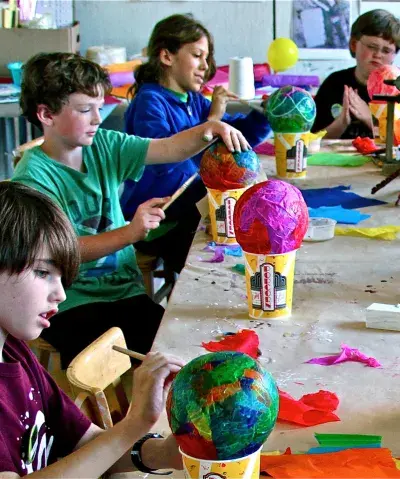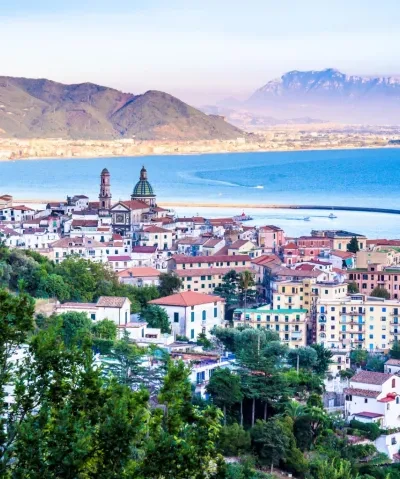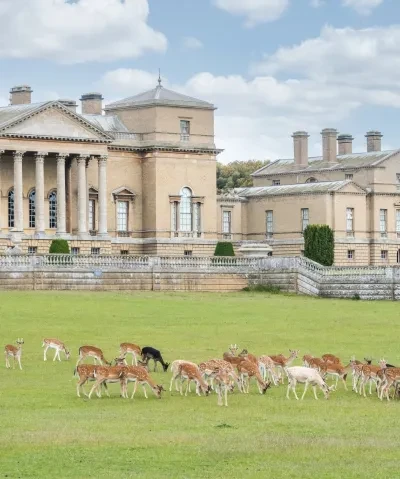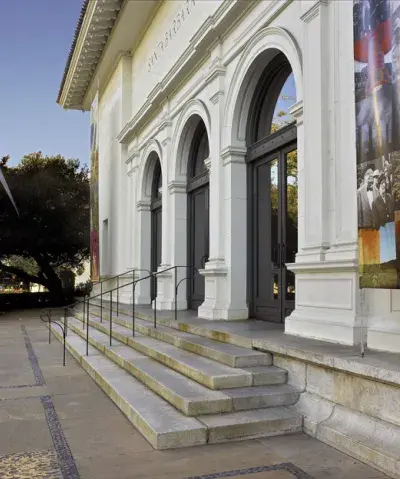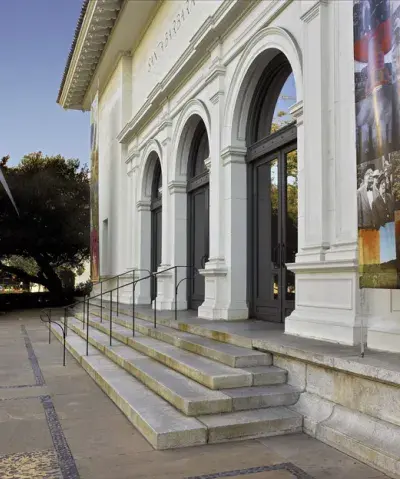Community-based Practice in Cultural Heritage Conservation: The Kamehameha I Sculpture of Hawai’i
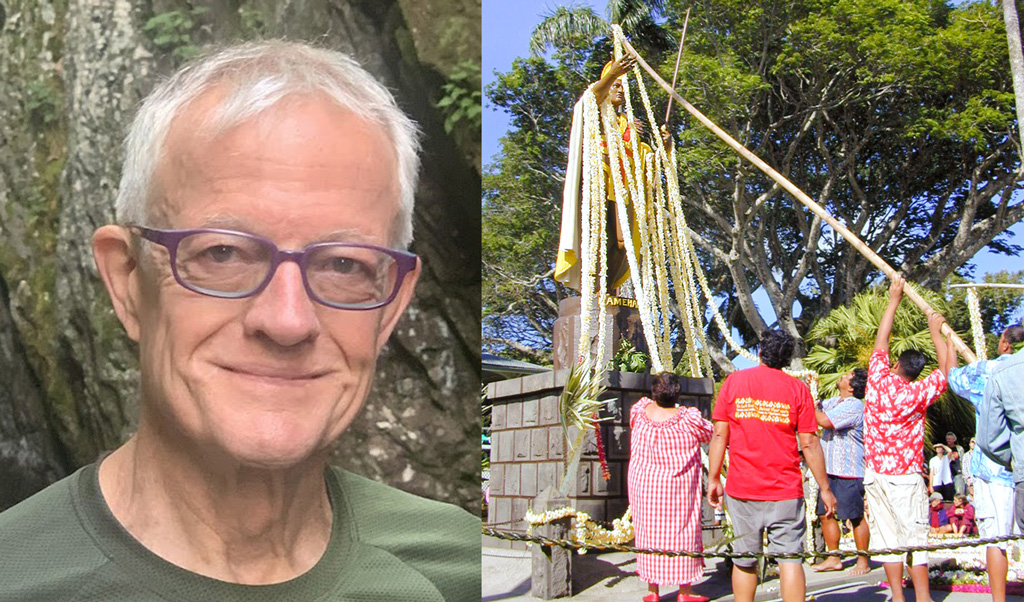
Left: Glen Wharton, Professor of Art History and the Conservation of Material Culture, UCLA
Right: The King Kamehameha I sculpture on the Big Island being draped with lei by Native Hawaiian high school students on Kamehameha Day, a state holiday. Photograph: Glenn Wharton.
Mary Craig Auditorium
Free
While the story of bronze sculpture is often told through the evolution of casting technologies and stylistic development, investigating human relationships with figurative sculpture is equally revealing. In this presentation, Dr. Wharton will discuss his three-year collaboration with residents in a semi-rural Hawaiian community to research the material and social history of the Kamehameha I sculpture on the Big Island, leading to a community decision about whether to gold leaf or paint it. The Kamehameha I sculpture was commissioned in 1878 to commemorate Captain Cook’s “discovery” of the Hawaiian Islands and promote a western style monarchy. Modeled in the image of a Roman emperor while wearing highly symbolic feathered garments, the figure has come to function as a spiritual, economic, educational, cultural, and political object. The participatory project aimed not only to conserve the painted sculpture but also to enable a process of local control over narratives of the Native Hawaiian past. Wharton's ethnographic research reveals tensions that exist within the multicultural, post-plantation community, as local residents voice notions of what it means to be Hawaiian.
Glenn Wharton is a Professor of Art History at UCLA and Chair of the UCLA/Getty Program in the Conservation of Cultural Heritage. His diverse experiences in conservation include serving as Conservation Director for the Japanese Institute for Anatolian Archaeology at Kaman-Kalehöyük, Turkey. In a different vein, he initiated and managed MoMA’s program in video, performance, and software-based art conservation. He also co-directs the NYU-based Artist Archives Initiative that develops digital information systems for the display and conservation of contemporary art. Early in his career, he owned a private practice in sculpture conservation in Santa Barbara and Los Angeles, serving many local museums including the Santa Barbara Museum of Art. He received his Ph.D. in Conservation from the Institute of Archaeology, University College London, and his MA in Conservation from the Cooperstown Graduate Program in New York.
This event is in person at Santa Barbara Museum of Art's Mary Craig Auditorium.
In an effort to create the safest possible environment, please note visitors who plan to attend an event in SBMA’s Mary Craig Auditorium must show proof of being fully vaccinated OR, in some cases, supply a negative Covid-19 medical test result (taken within 72 hours prior to each event), along with an official photo ID, before entering the venue. Visitors must also follow SBMA’s mask policy and wear a mask in accordance with the recommendations of the Santa Barbara County Public Health Department (SBCPHD)California’s Department of Public Health’s (CDPH) mask guidance. Capacity limited to 50 seats.
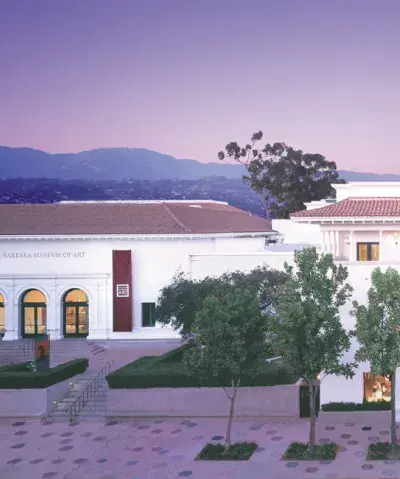
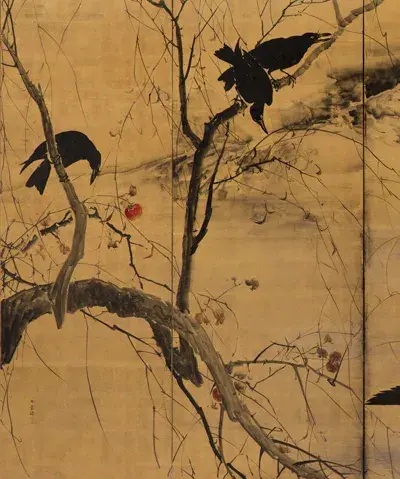
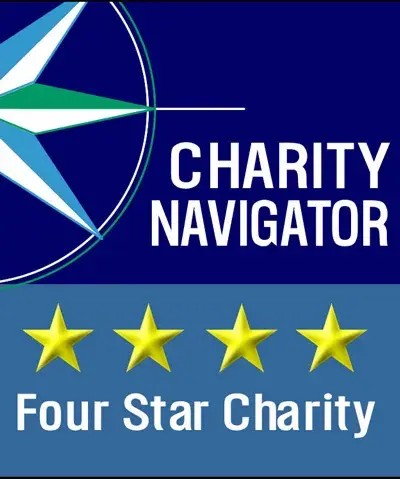
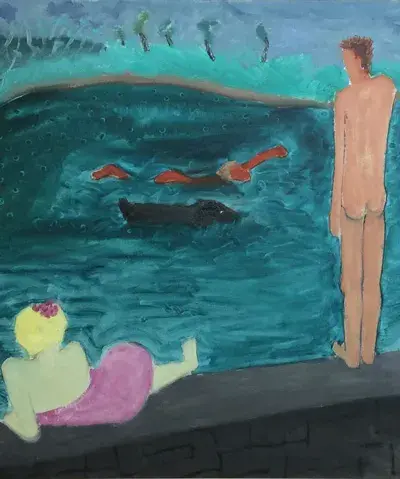
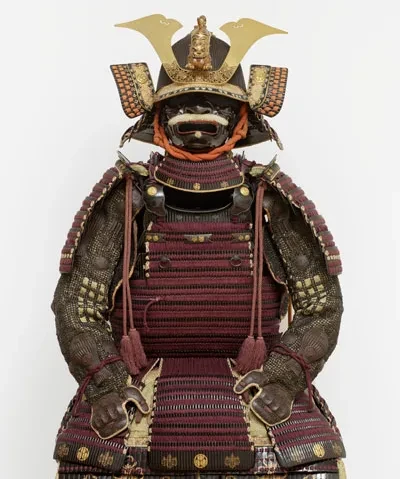


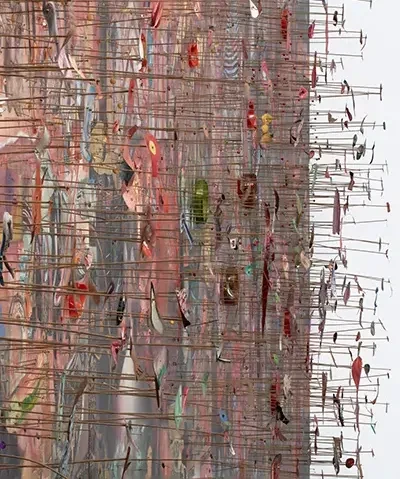
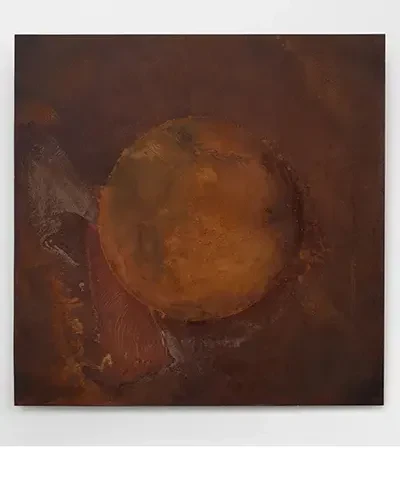
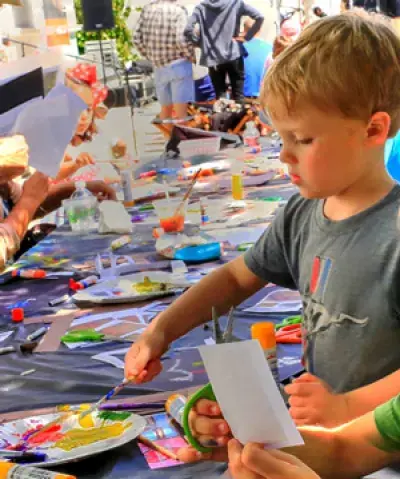

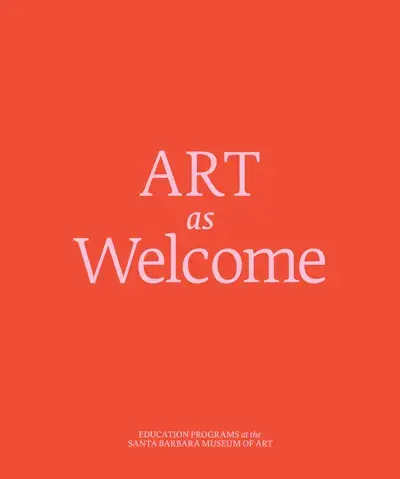
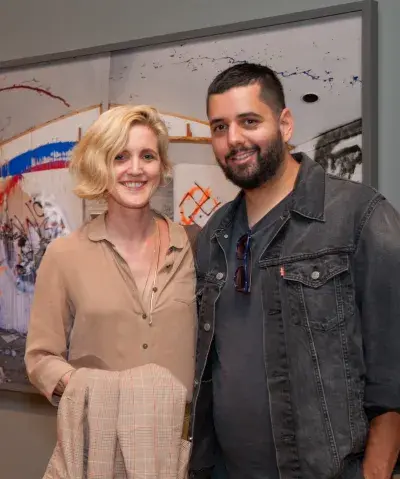
![memberseve[1]](https://www.sbma.net/sites/default/files/styles/menu_thumbnail_400_480/public/menu/memberseve%5B1%5D.jpg.webp?itok=hIz01lpc)
